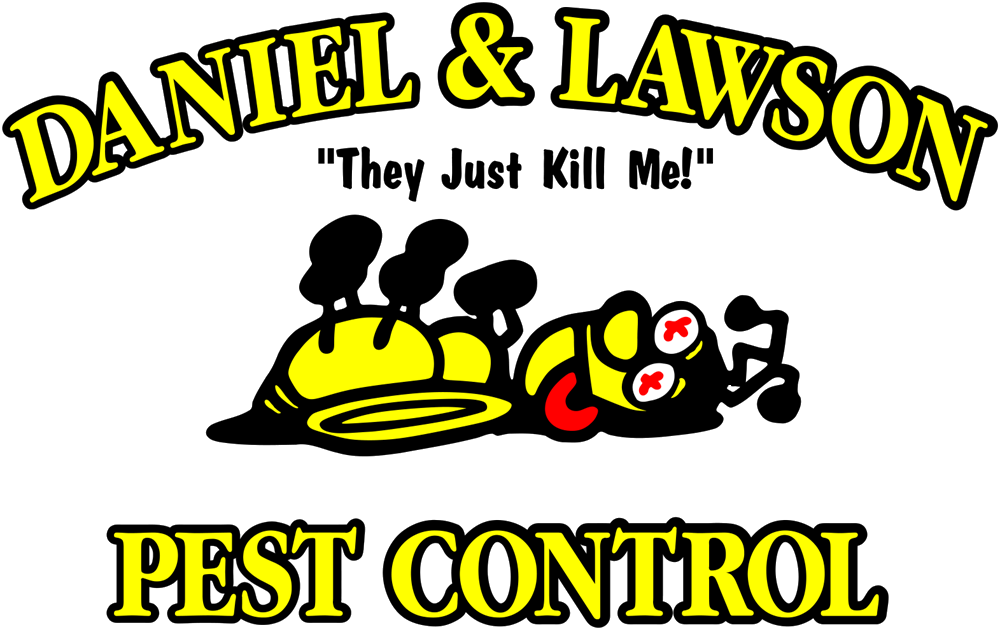Most Common Pests
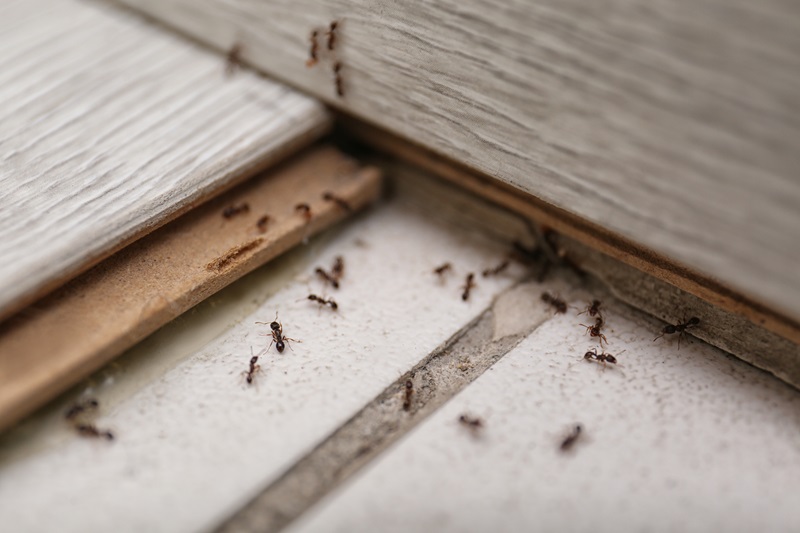
Odorous House Ant
Appearance: They are tiny, usually about 1/16 to 1/8 inch long, with dark brown to black coloring.

Fire Ant
A fire ant is an aggressive, stinging ant species known for its painful bite and sting. They are a common pest in the southern United States and other warm climates.

Carpenter Ant
A carpenter ant is a large ant species best known for nesting in wood and potentially damaging wooden structures.

Acrobat Ant
An acrobat ant is a small ant species known for raising its heart-shaped abdomen over its head and thorax when disturbed—almost like it’s performing a “balancing act,” which is how it got its name.

Argentine Ant
An Argentine ant is an invasive ant species known for forming massive colonies and quickly overwhelming areas they infest.

Pavement Ant
A pavement ant is a common household ant named for its habit of nesting under sidewalks, driveways, and building foundations.
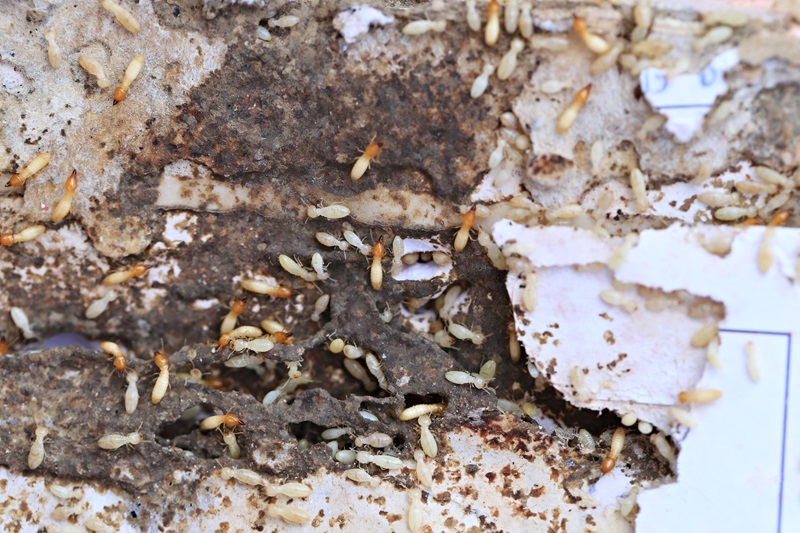
Easter Subterranean Termite
An Eastern Subterranean Termite is one of the most common and destructive termite species found in the United States, particularly east of the Mississippi River.

Formosan Termite
A Formosan termite is an especially aggressive and destructive species of subterranean termite, often called the “super-termite” because of the size of its colonies and the speed at which it causes damage.

Drywood Termite
A Drywood termite is a termite species that, unlike subterranean termites, lives and feeds entirely inside dry wood without needing contact with soil.

Swarming Ant
A swarming ant isn’t a separate species—it refers to the stage in an ant colony’s life cycle when reproductive ants leave the nest to start new colonies.

Swarming Termite
A swarming termite is a reproductive termite in the stage of life when it leaves the colony to form a new one. Swarming termites are also called alates or swarmers.
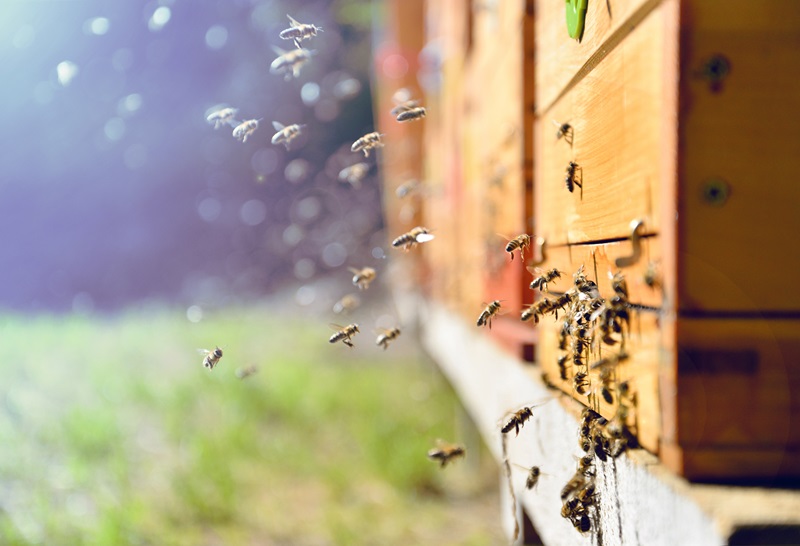
Carpenter Bee
A carpenter bee is a large, solitary bee species known for drilling into wood to create nesting tunnels. While they look similar to bumblebees, their habits and behaviors are quite different.
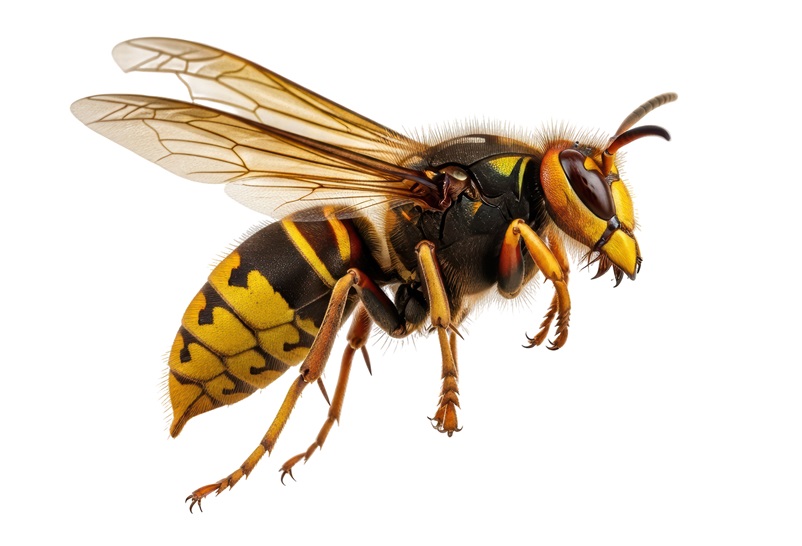
European Hornet
A European hornet (Vespa crabro) is a large, social wasp species introduced to North America from Europe in the mid-1800s. It is the only “true hornet” established in the United States.
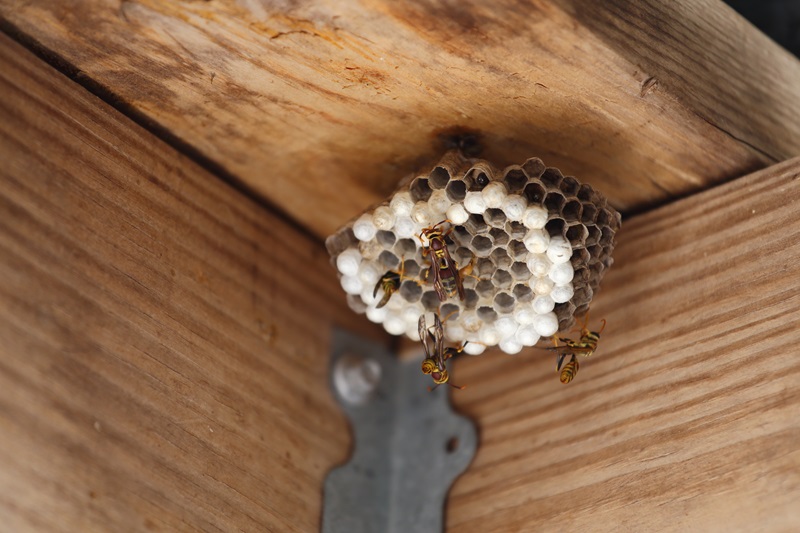
Yellow Jacket
A yellow jacket is a type of wasp known for its aggressive behavior, painful sting, and habit of nesting near people. They are one of the most commonly encountered stinging insects in North America.
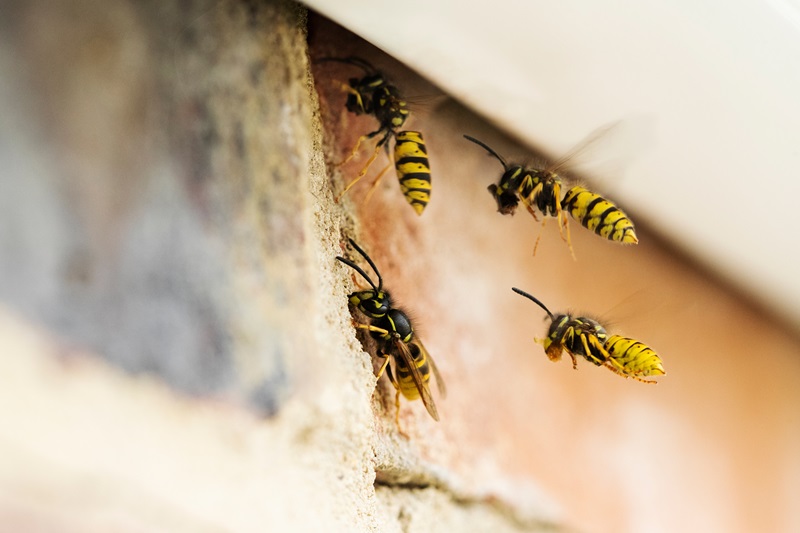
Wasp
A wasp is a broad term for thousands of species of stinging insects that belong to the same order as ants and bees (Hymenoptera). Unlike bees, wasps are generally more slender, less hairy, and can sting multiple times.
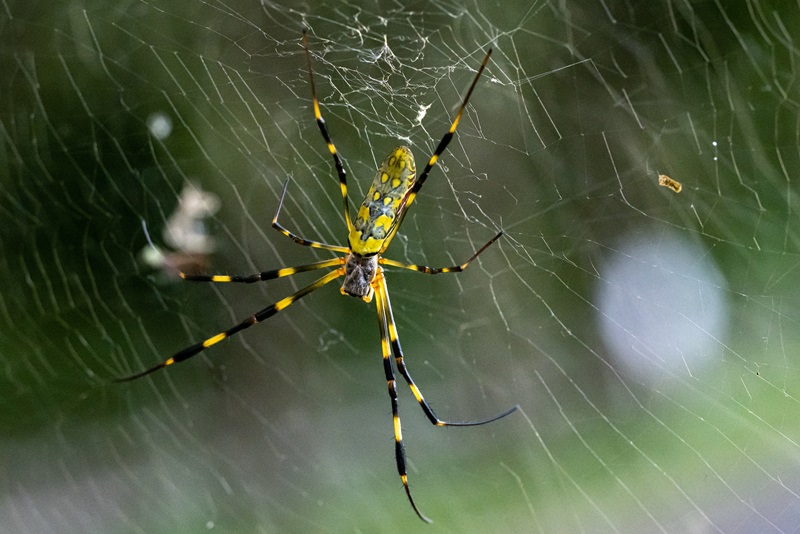
Joro Spider
A Joro spider (Trichonephila clavata) is a large, colorful orb-weaving spider originally from East Asia that has recently spread across parts of the southeastern United States.
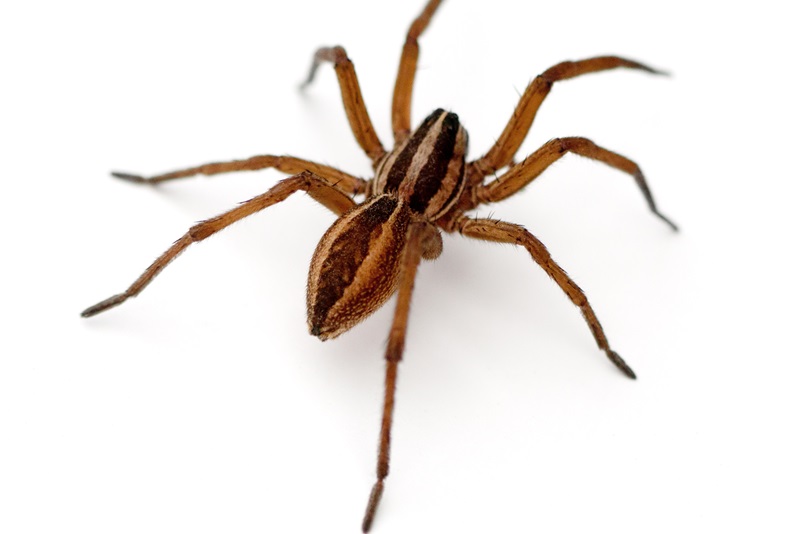
Wolf Spider
A wolf spider is a common ground-dwelling spider known for its excellent hunting ability, speed, and camouflaged appearance. Unlike many spiders that spin webs to catch prey, wolf spiders actively chase and pounce on insects.
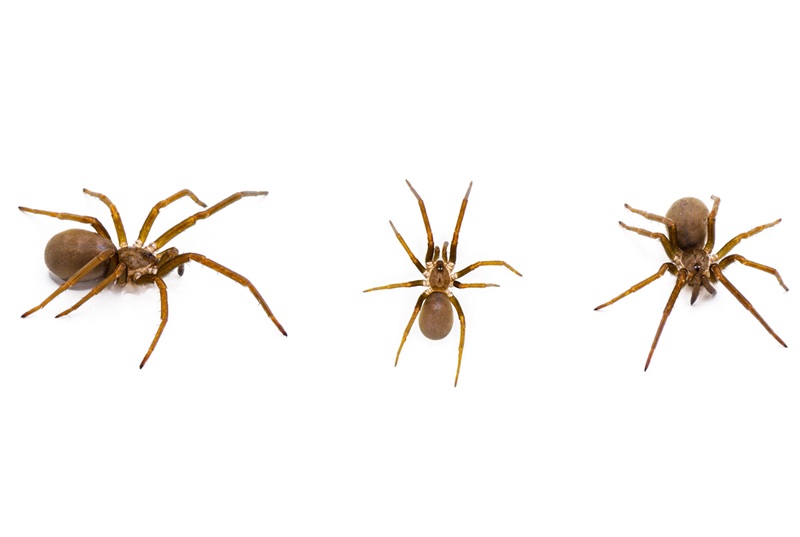
Common House Spider
A common house spider (Parasteatoda tepidariorum) is one of the most frequently encountered spiders inside homes and buildings across North America. They are harmless, web-building spiders that help reduce insect populations indoors.
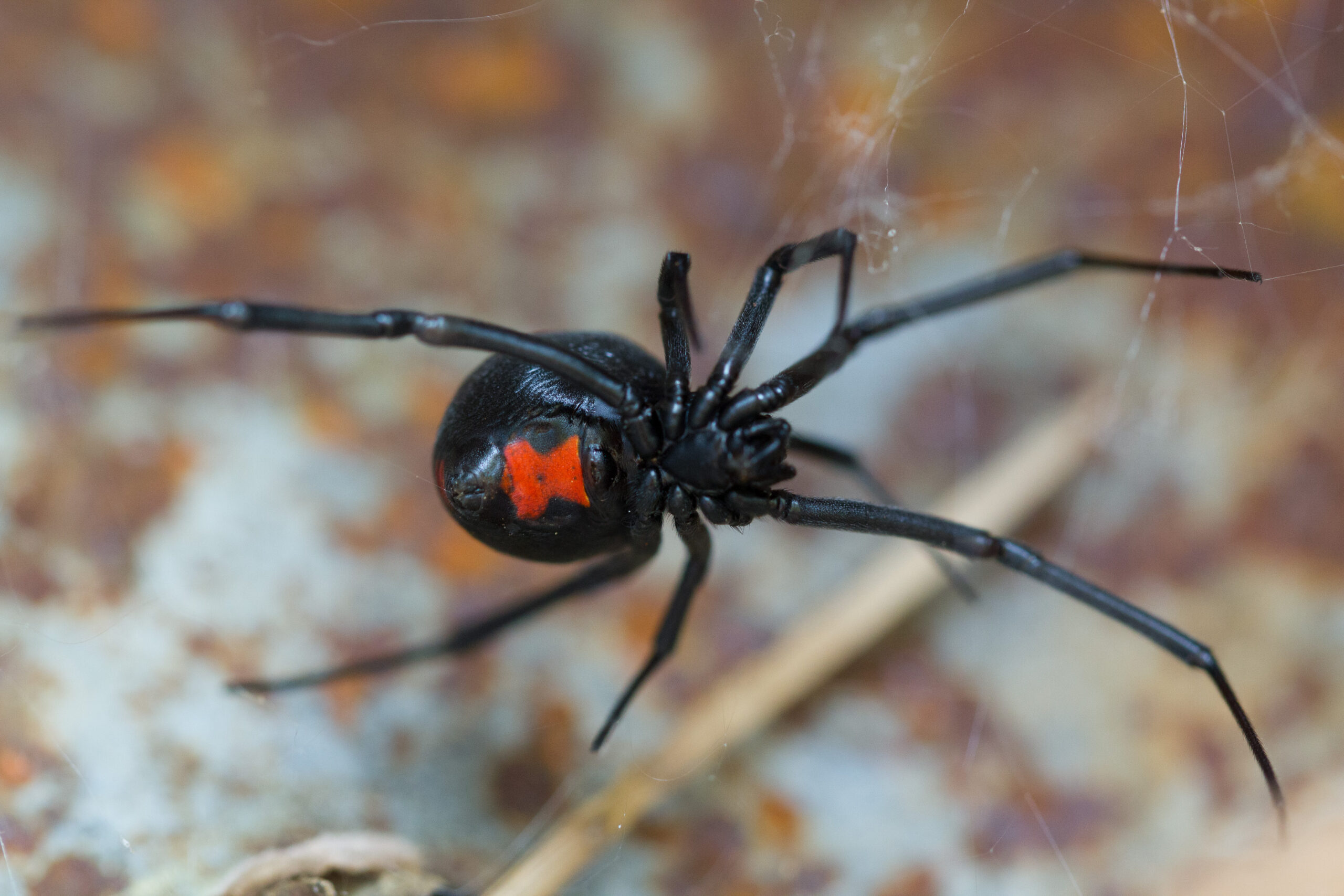
Black Widow
A black widow is a type of venomous spider belonging to the genus Latrodectus. It’s one of the most well-known spiders in North America because of its distinct appearance and potent venom.

Brown Recluse
A brown recluse (Loxosceles reclusa) is a venomous spider native to the central and southern United States. It is one of the few spiders in North America considered medically significant due to its bite.
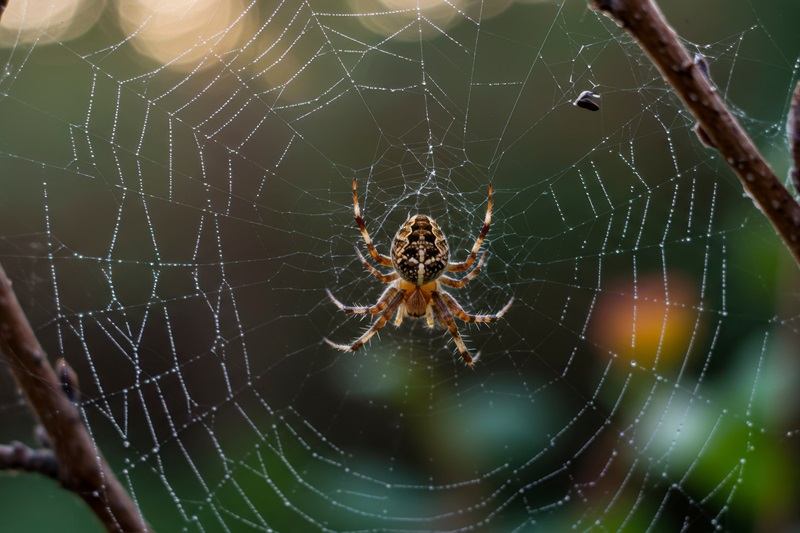
Orb-Weaver
An orb-weaver (or orb-weaving spider) is a member of the large spider family Araneidae, known for spinning the classic wheel-shaped webs often seen in gardens, forests, and around homes. They are some of the most common and recognizable spiders worldwide.
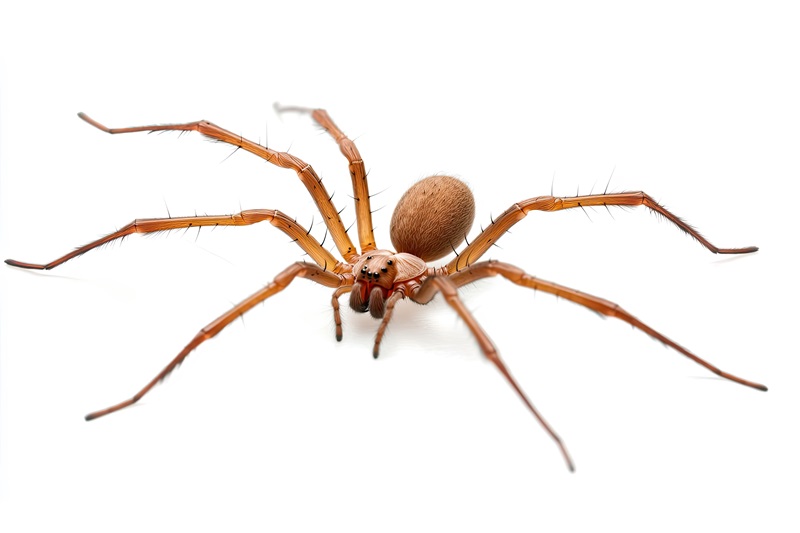
Cellar Spider
A cellar spider (family Pholcidae) is a long-legged spider commonly found in homes, basements, and crawl spaces. They are sometimes nicknamed “daddy longlegs spiders” (though they are different from harvestmen and crane flies, which share the same nickname).
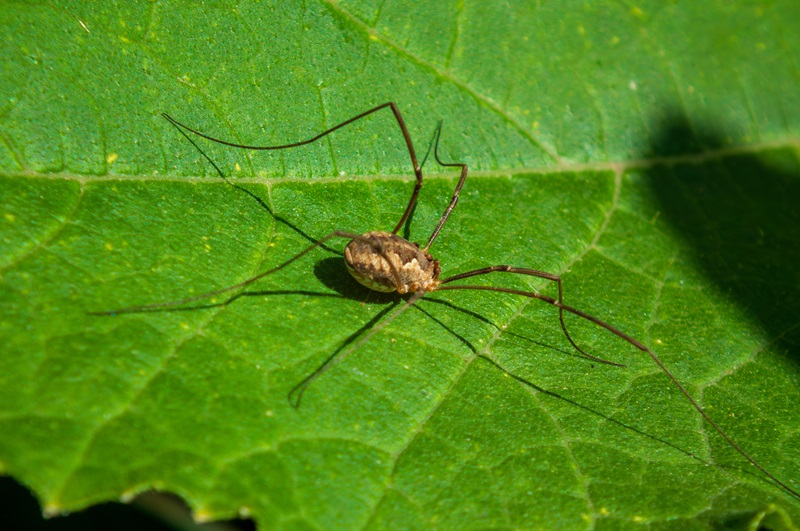
Granddaddy Long Leg (Harvestmen Spider)
A granddaddy long leg (also called a harvestman) is an arachnid in the order Opiliones. While often mistaken for spiders, they are not true spiders and differ in both anatomy and behavior.
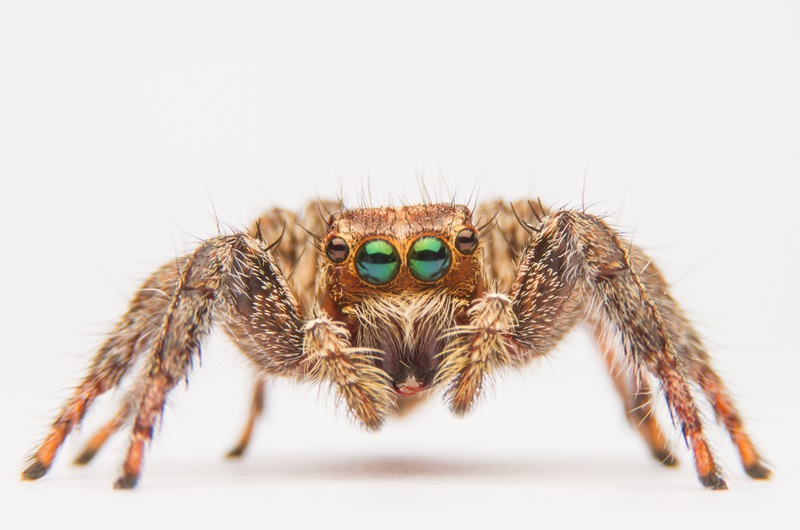
Jumping Spider
A jumping spider is a member of the family Salticidae, the largest family of spiders, known for their excellent vision, unique hunting style, and quick, agile jumps.
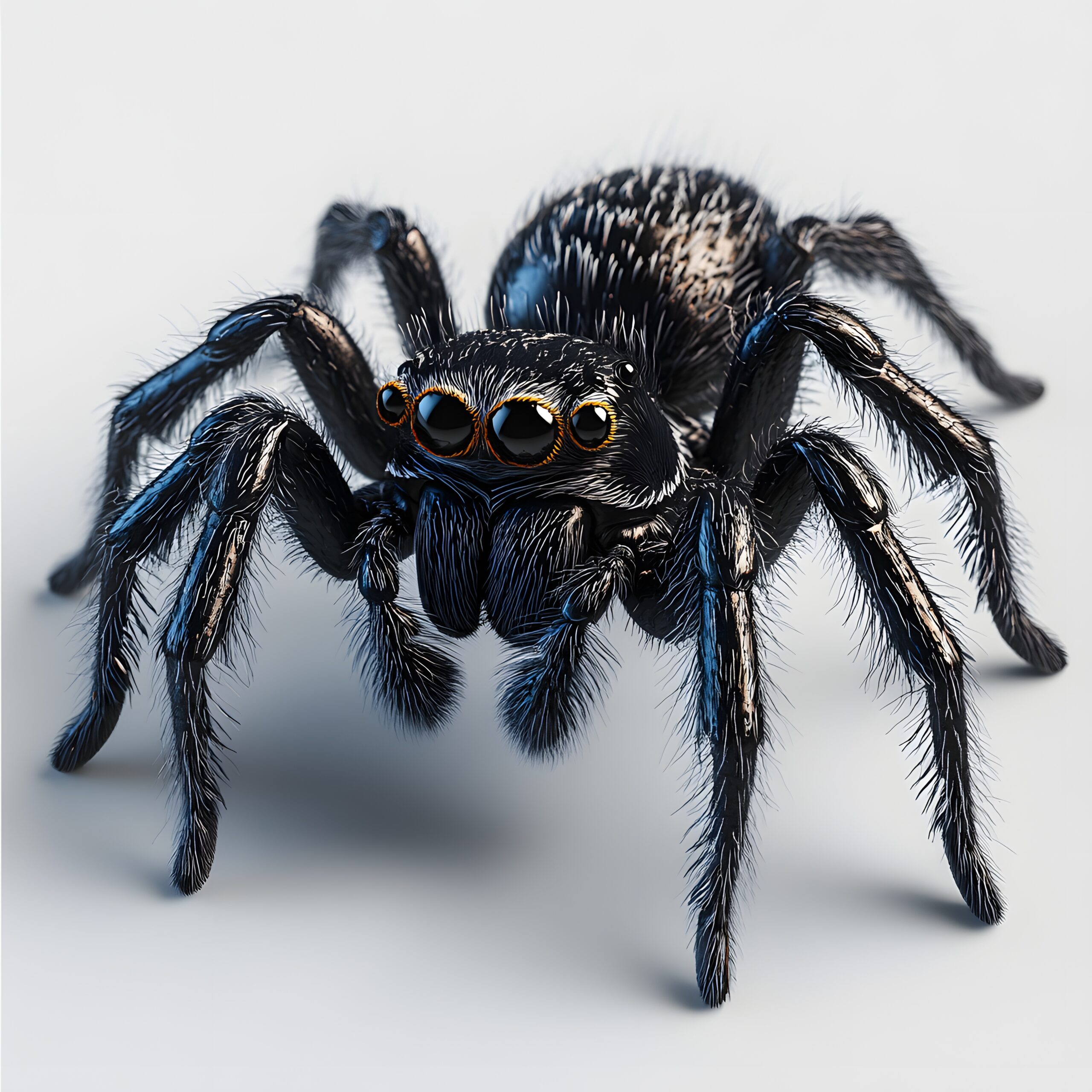
Trapdoor Spider
A trapdoor spider is a type of burrowing spider that builds silk-lined tunnels in the ground with a hinged “trapdoor” made of soil, vegetation, and silk. They are ambush predators that spring out to capture passing prey.
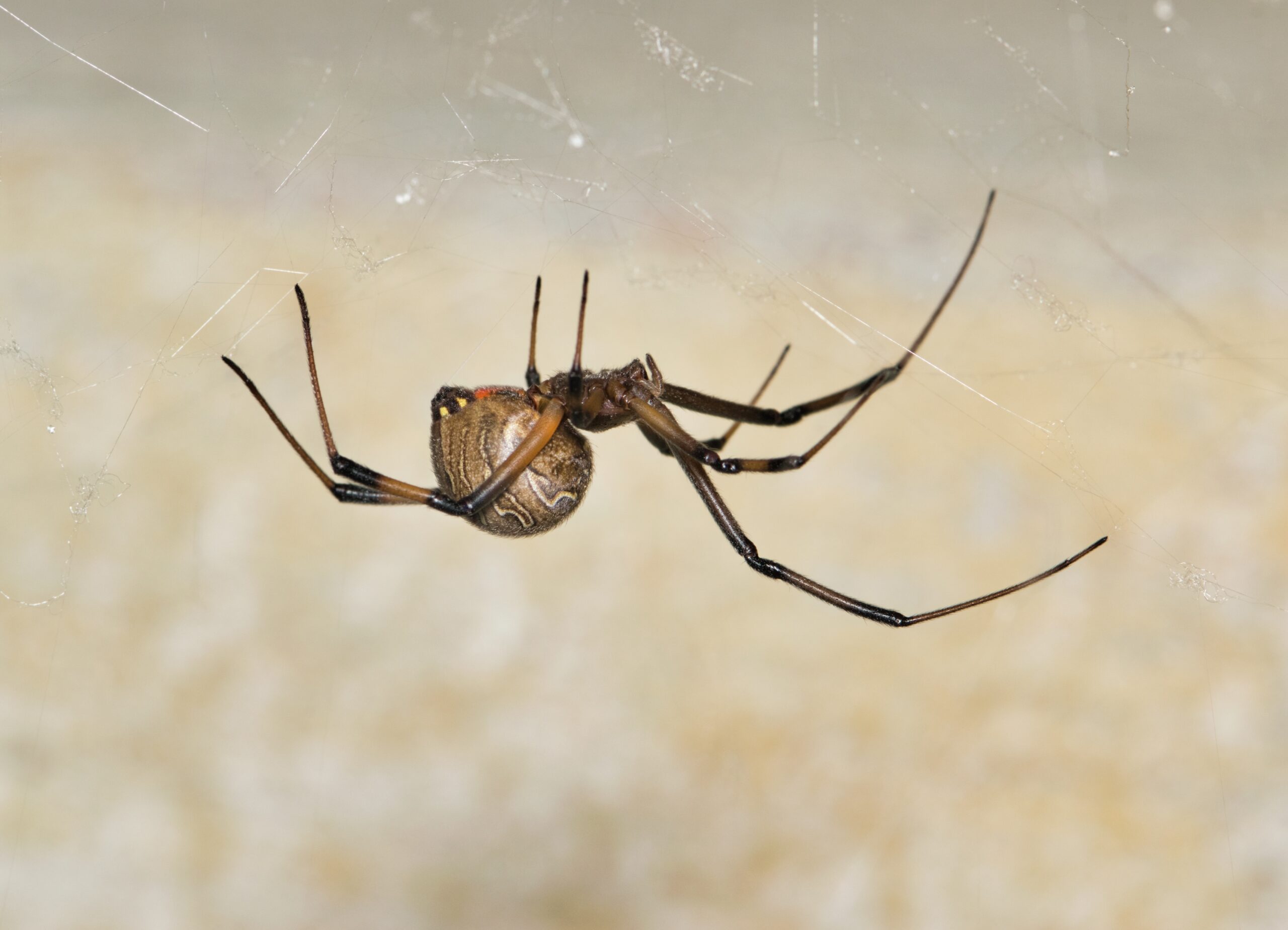
Brown Widow Spider
A brown widow spider (Latrodectus geometricus) is a close relative of the black widow, known for its distinctive coloring and venomous bite. While it shares some similarities with the black widow, it is generally considered less dangerous.
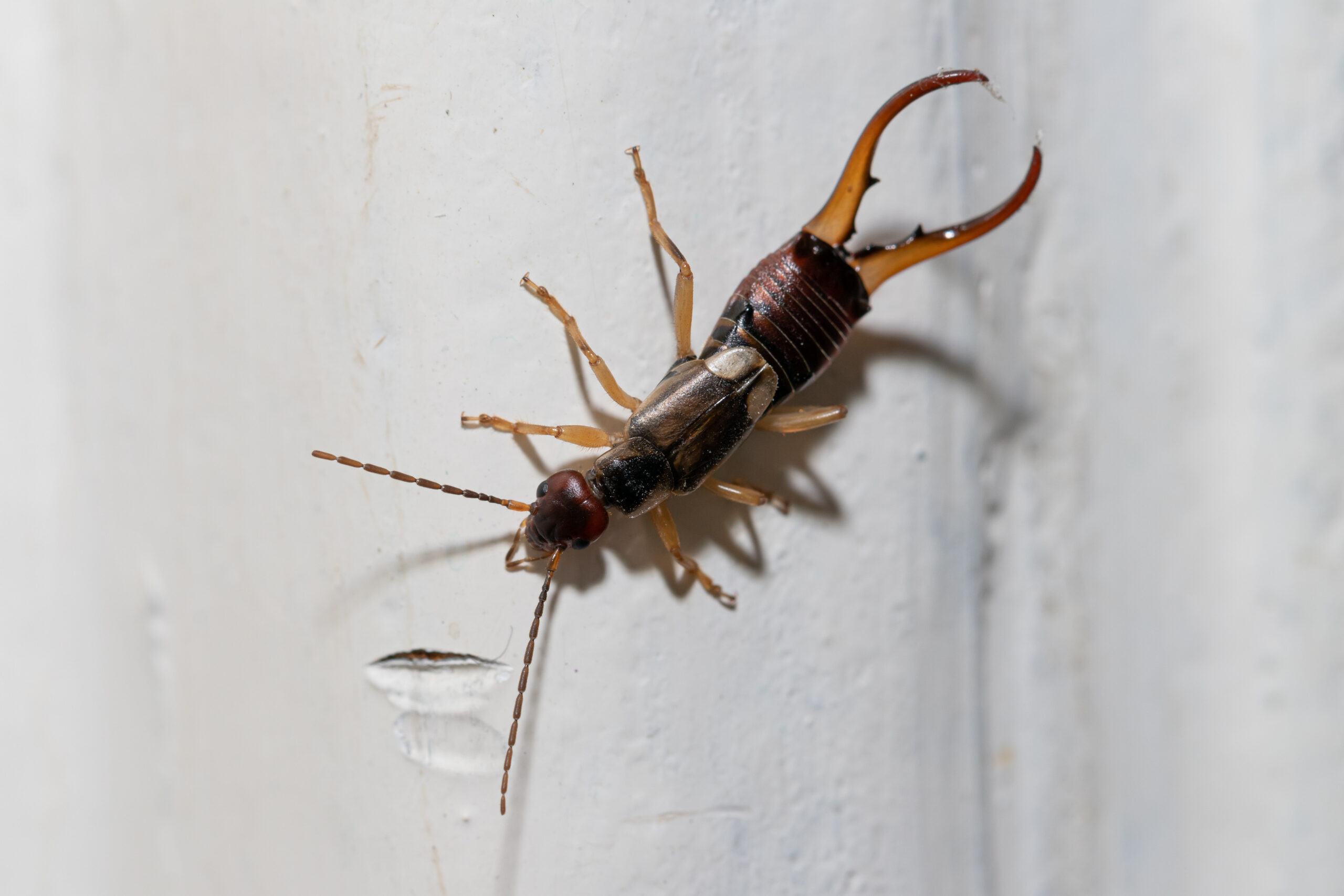
Earwig
An earwig is a small, nocturnal insect known for the pair of pincers (forceps) at the end of its abdomen. Despite myths about them crawling into people’s ears, earwigs are harmless to humans and mainly considered nuisance pests.
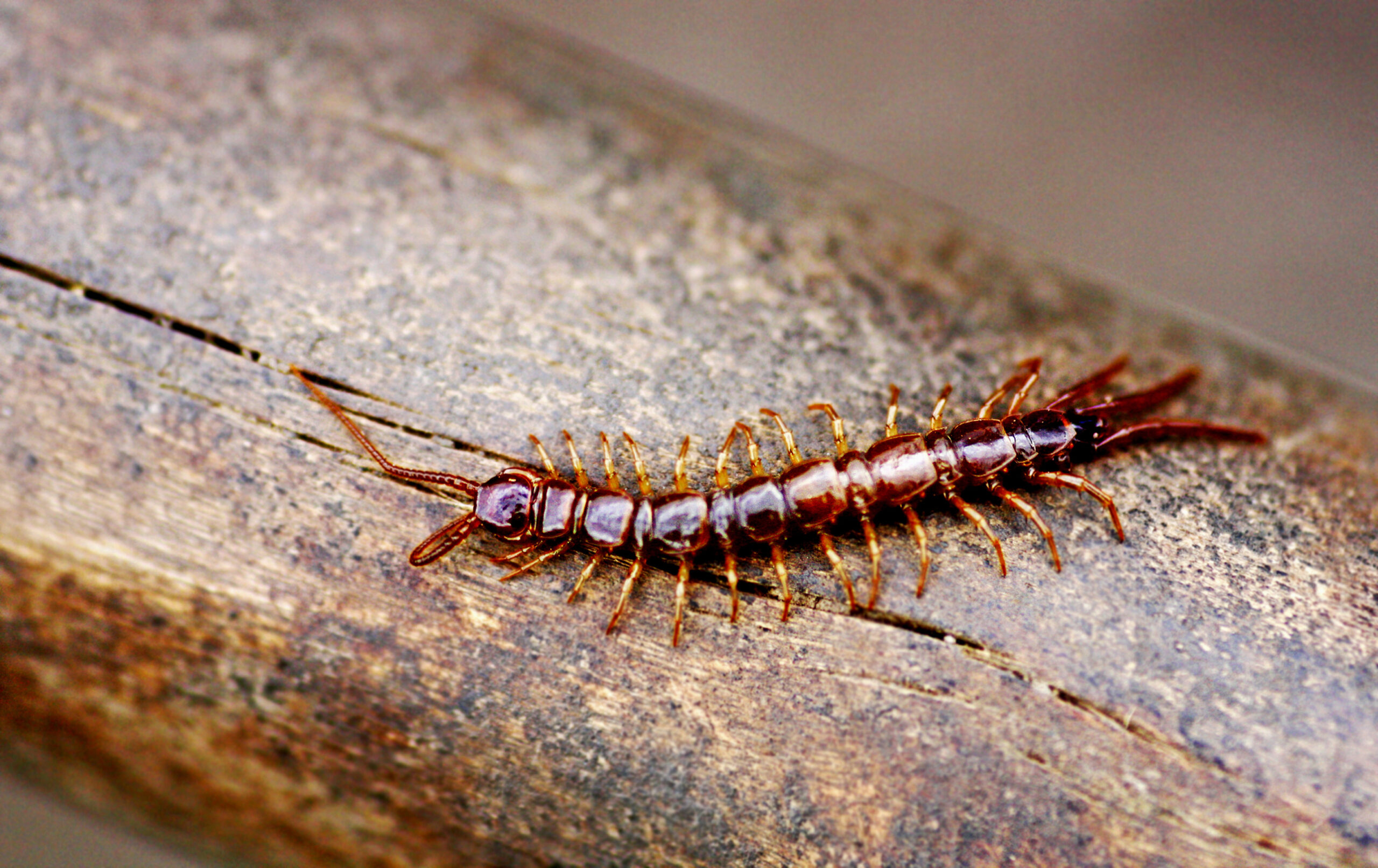
Silverfish
A silverfish is a small, wingless insect known for its silvery appearance, fast movements, and tendency to infest homes. They are among the oldest insect species on Earth, belonging to the order Zygentoma.
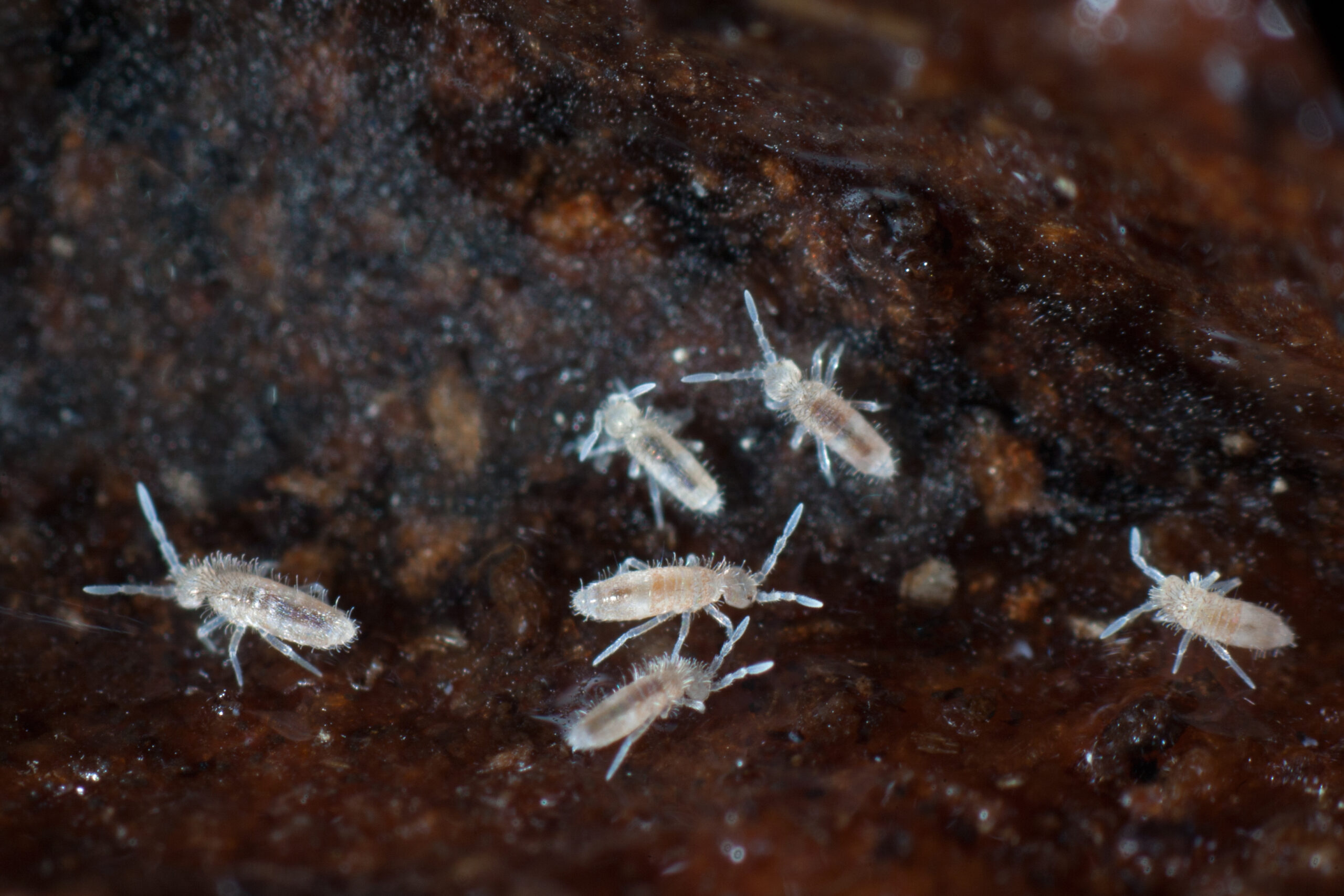
Springtail
A springtail is a tiny, wingless insect-like arthropod often found in moist environments. They are named for a special tail-like appendage called a furcula, which allows them to “spring” into the air when disturbed.
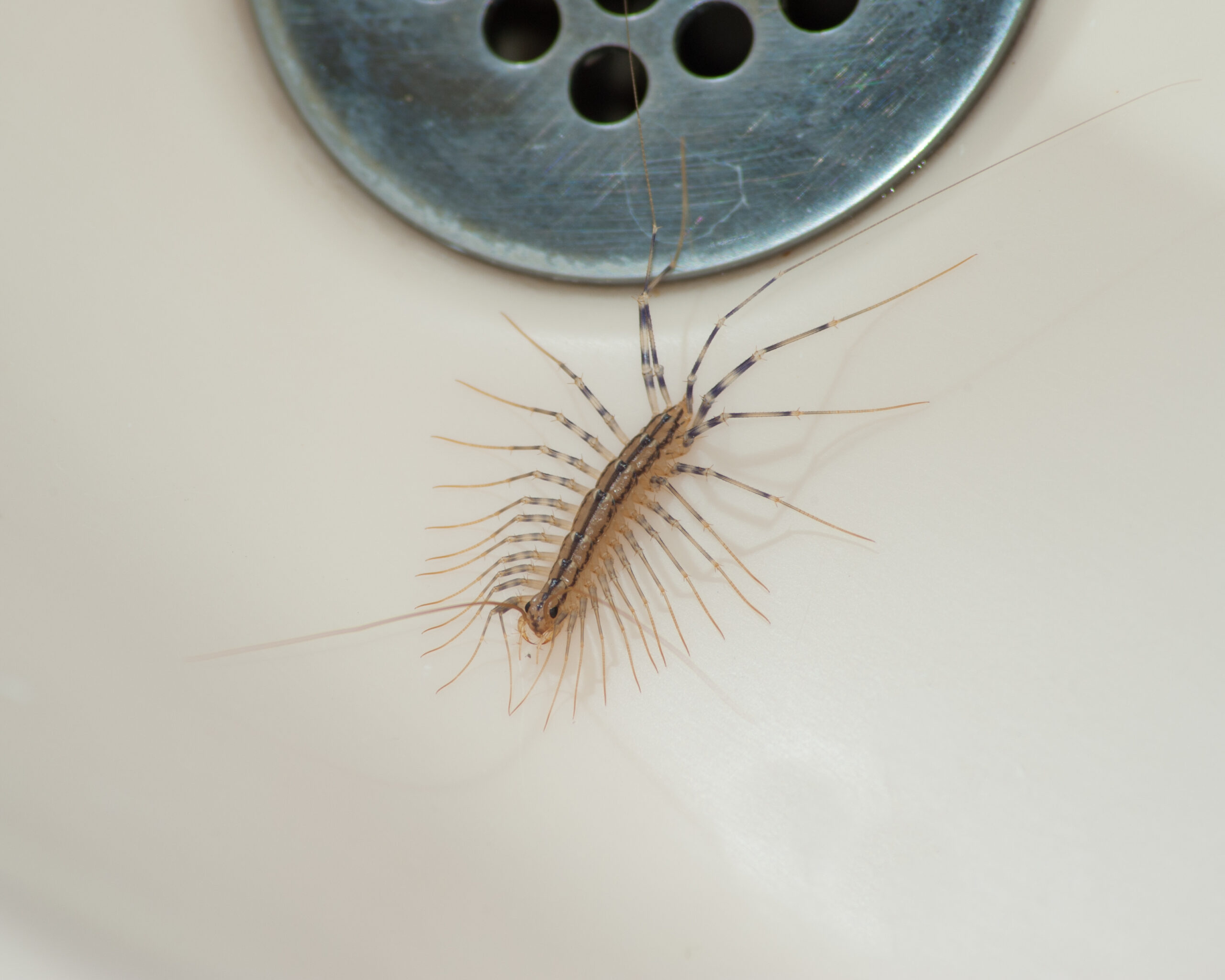
Centipede
A centipede is a fast-moving arthropod belonging to the class Chilopoda, known for its many legs, elongated body, and predatory behavior. Despite their sometimes alarming appearance, centipedes are generally harmless to humans and beneficial as natural pest controllers.
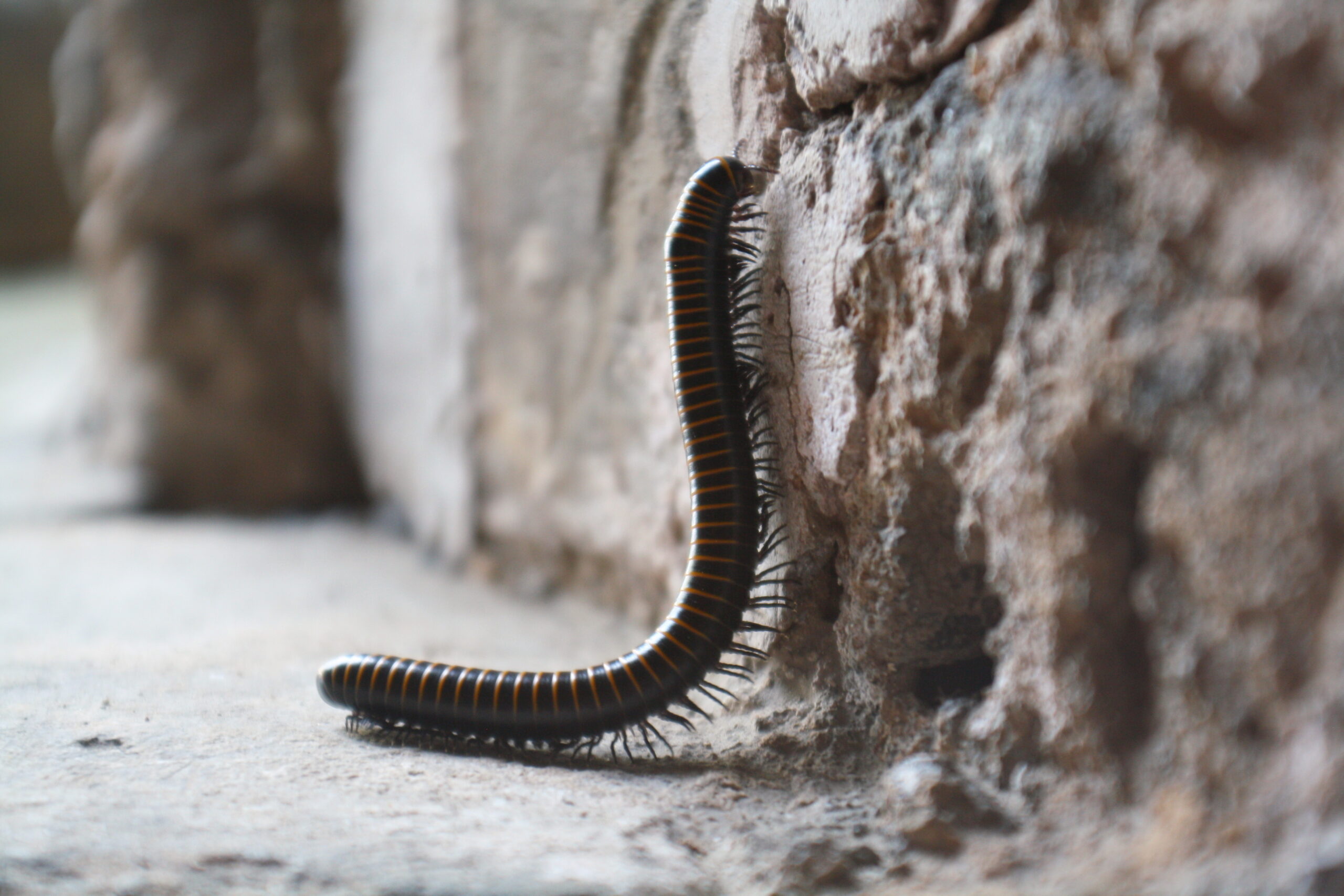
Millipede
A millipede is a slow-moving arthropod in the class Diplopoda, best known for its many legs and tendency to curl into a coil when disturbed. Unlike centipedes, which are fast predators, millipedes are gentle decomposers that feed on decaying organic matter.
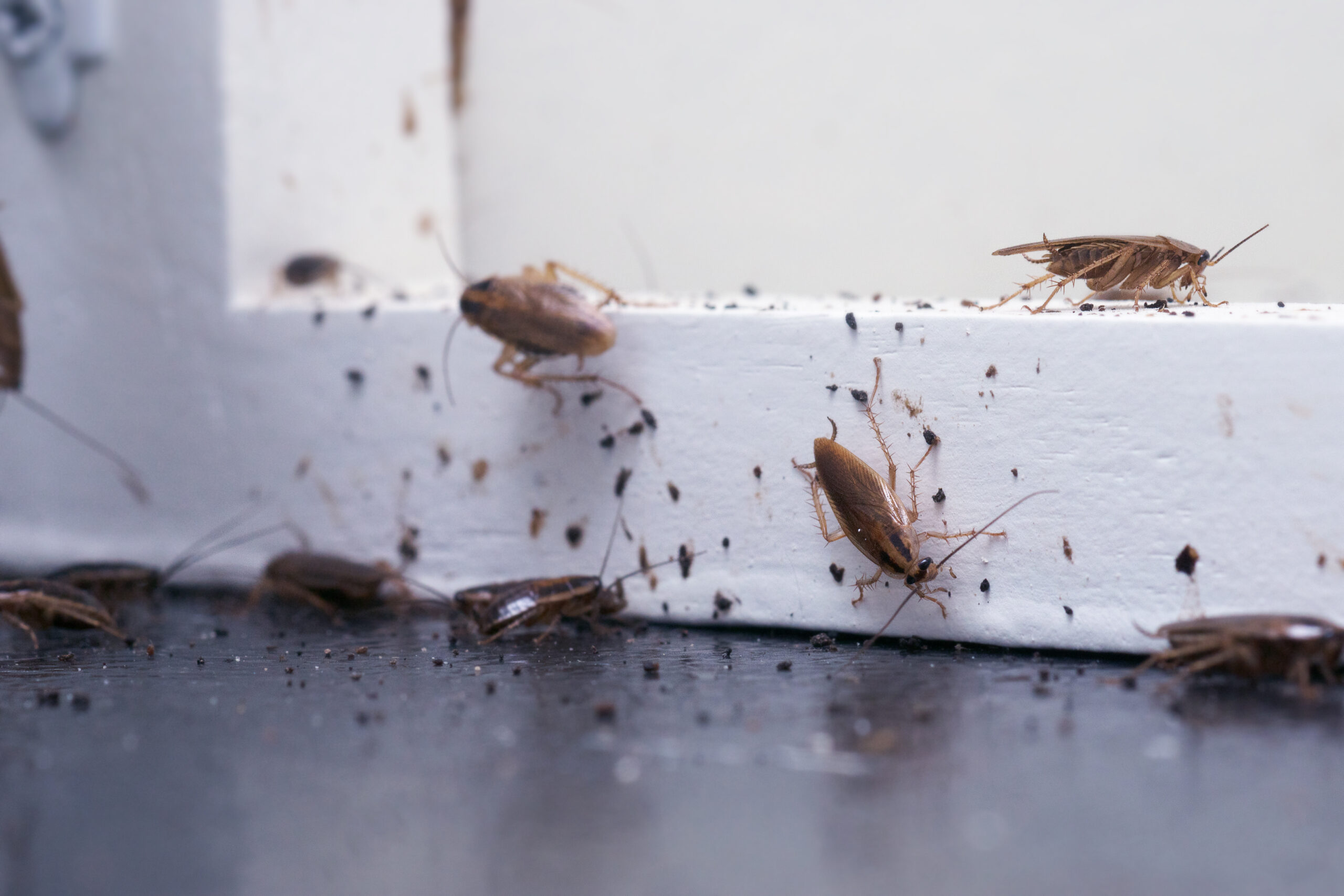
German Roach
A German cockroach (Blattella germanica) is one of the most common and troublesome household roaches worldwide. Known for infesting kitchens, bathrooms, and anywhere food and moisture are present, they reproduce quickly and are difficult to control without proper treatment.

American Roach
An American cockroach (Periplaneta americana) is the largest common household cockroach and one of the most notorious pest roaches in the United States. Despite the name, it is believed to have originated in Africa before spreading worldwide.

Smokey-Brown Roach
A smoky brown cockroach (Periplaneta fuliginosa) is a large roach species closely related to the American cockroach, but it has its own distinct features and habits. It is especially common in the southeastern United States, where warm, humid conditions support its survival.

Asian Roach
An Asian cockroach (Blattella asahinai) is a species closely related to the German cockroach, but with very different habits. First identified in the U.S. in the 1980s (Florida), it has since spread throughout the Southeast.

Australian Roach
An Australian cockroach (Periplaneta australasiae) is a large roach species often mistaken for the American cockroach because of their similar size and color. Despite the name, it is not native to Australia—it likely originated in Africa but is now found worldwide in tropical and subtropical regions, including the southern U.S.

Oriental Roach
An Oriental cockroach (Blatta orientalis), sometimes called a waterbug or black beetle roach, is a large, dark-colored cockroach species often associated with damp, cool environments.

Brown-Banded Roach
A brown-banded cockroach (Supella longipalpa) is a small indoor roach species known for its distinctive banding and tendency to infest drier areas of homes compared to other cockroaches.

Wood Roach
A wood cockroach (Parcoblatta species) is a roach commonly found outdoors in wooded areas. Unlike German or American cockroaches, wood roaches are not true household pests—they rarely infest homes long-term.
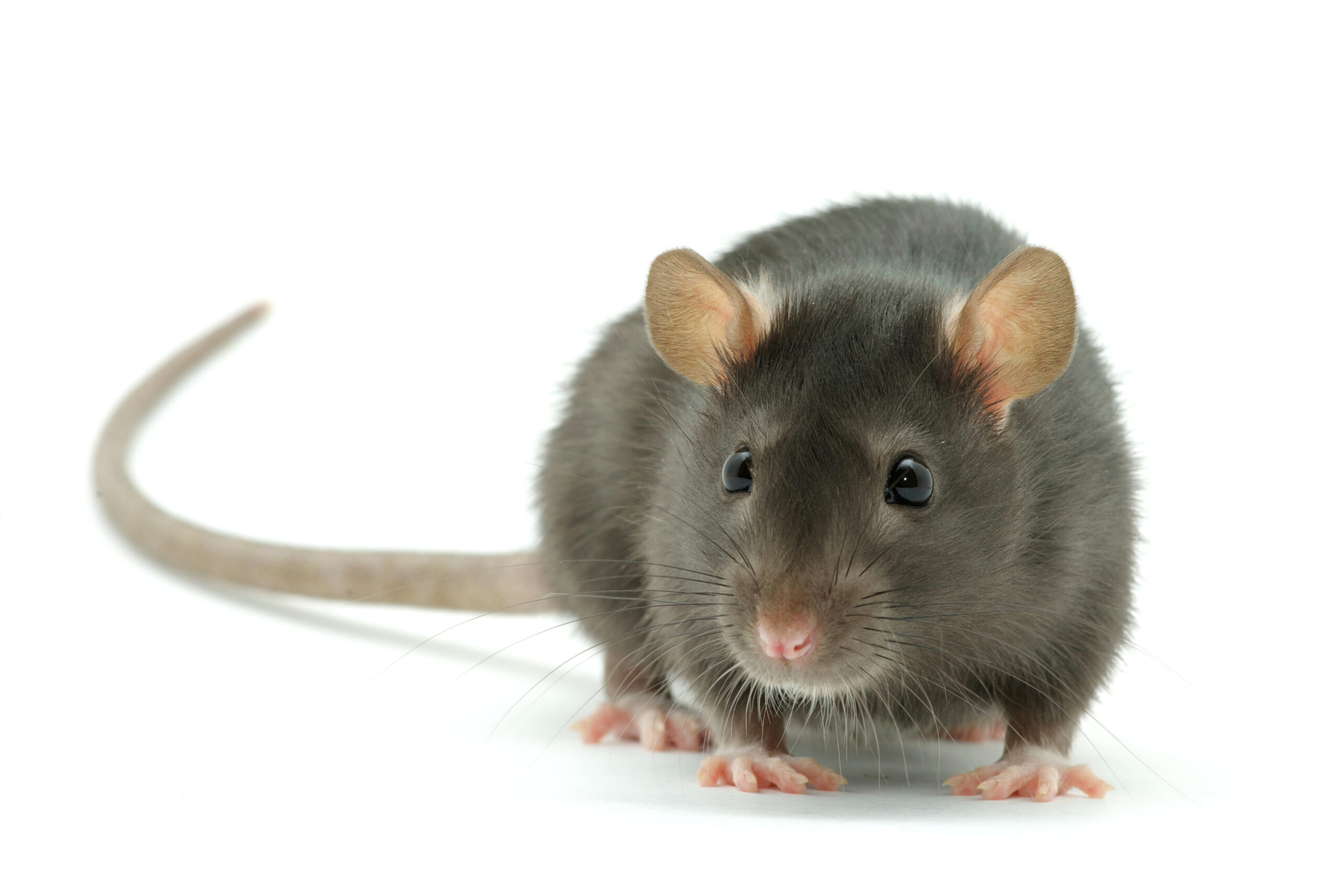
Roof Rat
A roof rat (Rattus rattus), also known as the black rat or ship rat, is a common rodent pest known for its climbing ability and tendency to nest in elevated areas.

Norway Rat
A Norway rat (Rattus norvegicus), also called the brown rat, sewer rat, or wharf rat, is one of the most widespread and destructive rodent pests worldwide. Unlike roof rats, Norway rats are bulkier and prefer burrowing close to the ground.

House Mouse
A house mouse (Mus musculus) is one of the most common rodent pests found worldwide, known for living in close association with humans.
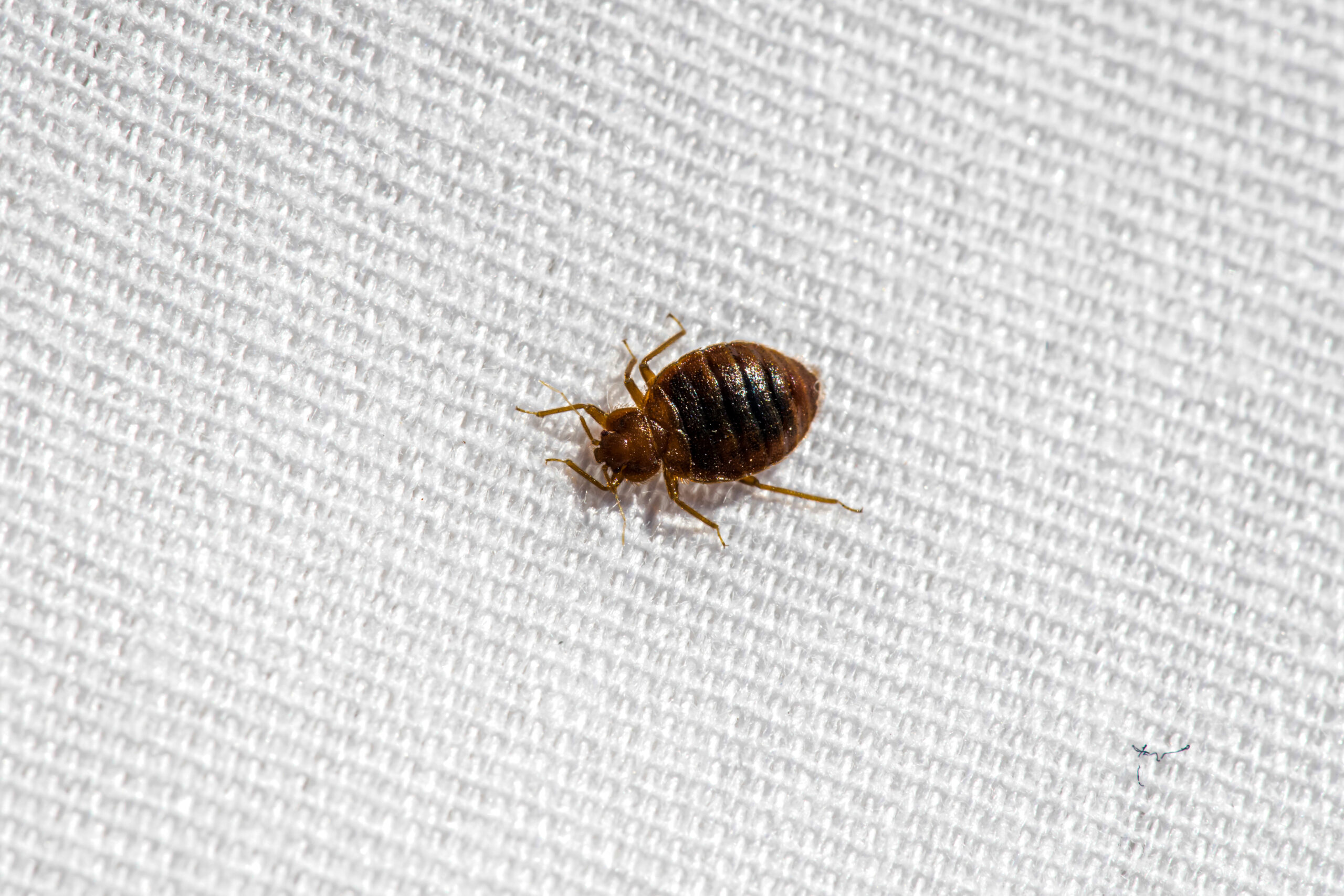
Bed Bug
A bed bug (Cimex lectularius) is a small, blood-feeding insect best known for infesting homes and hiding in beds, furniture, and cracks. They are nuisance pests that bite humans, leaving itchy welts, but they are not known to spread diseases.
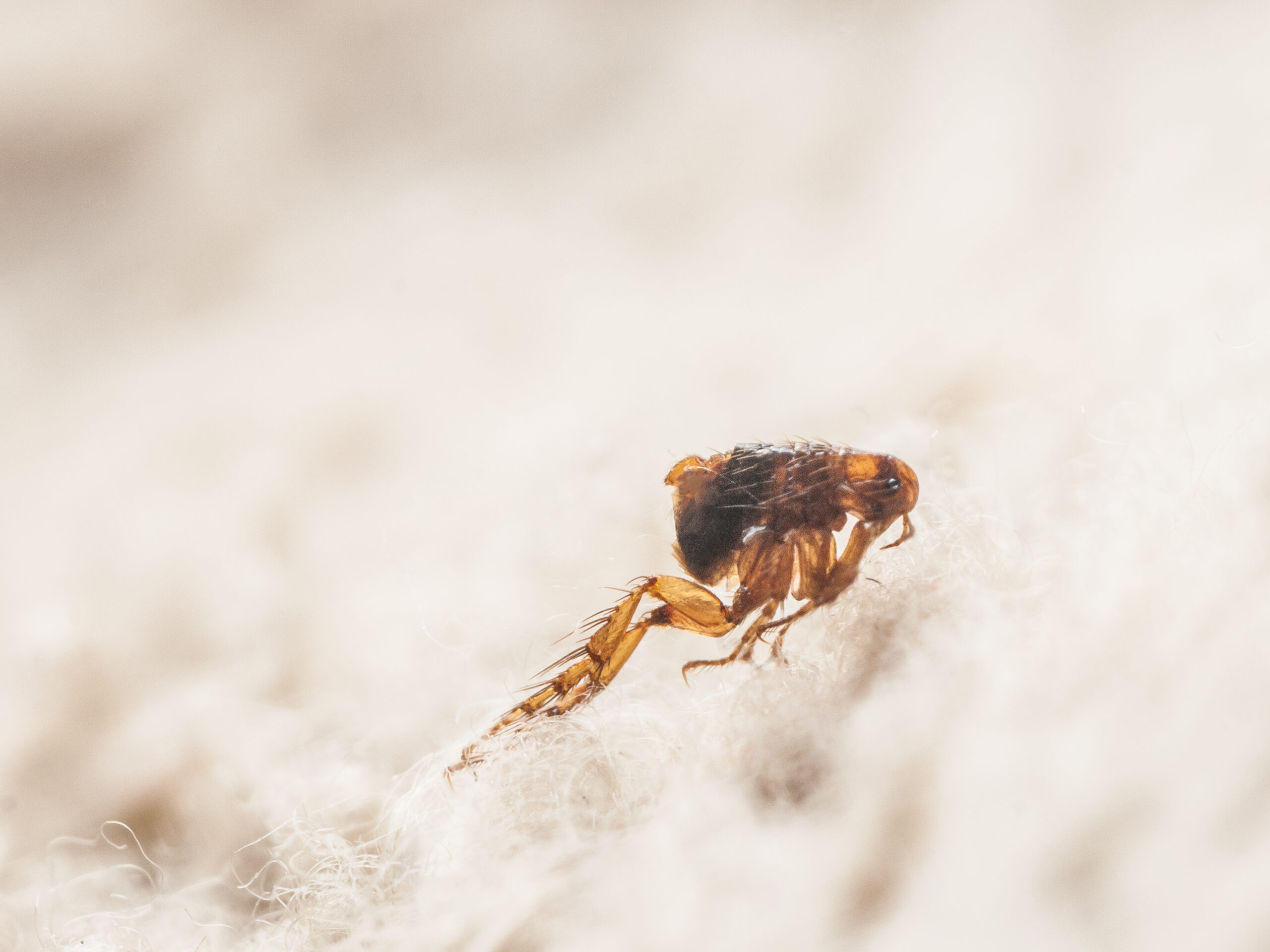
Fleas
Fleas are tiny, wingless, blood-feeding parasites that commonly infest pets, wildlife, and occasionally humans. They are best known for their ability to jump long distances and for causing itchy bites.
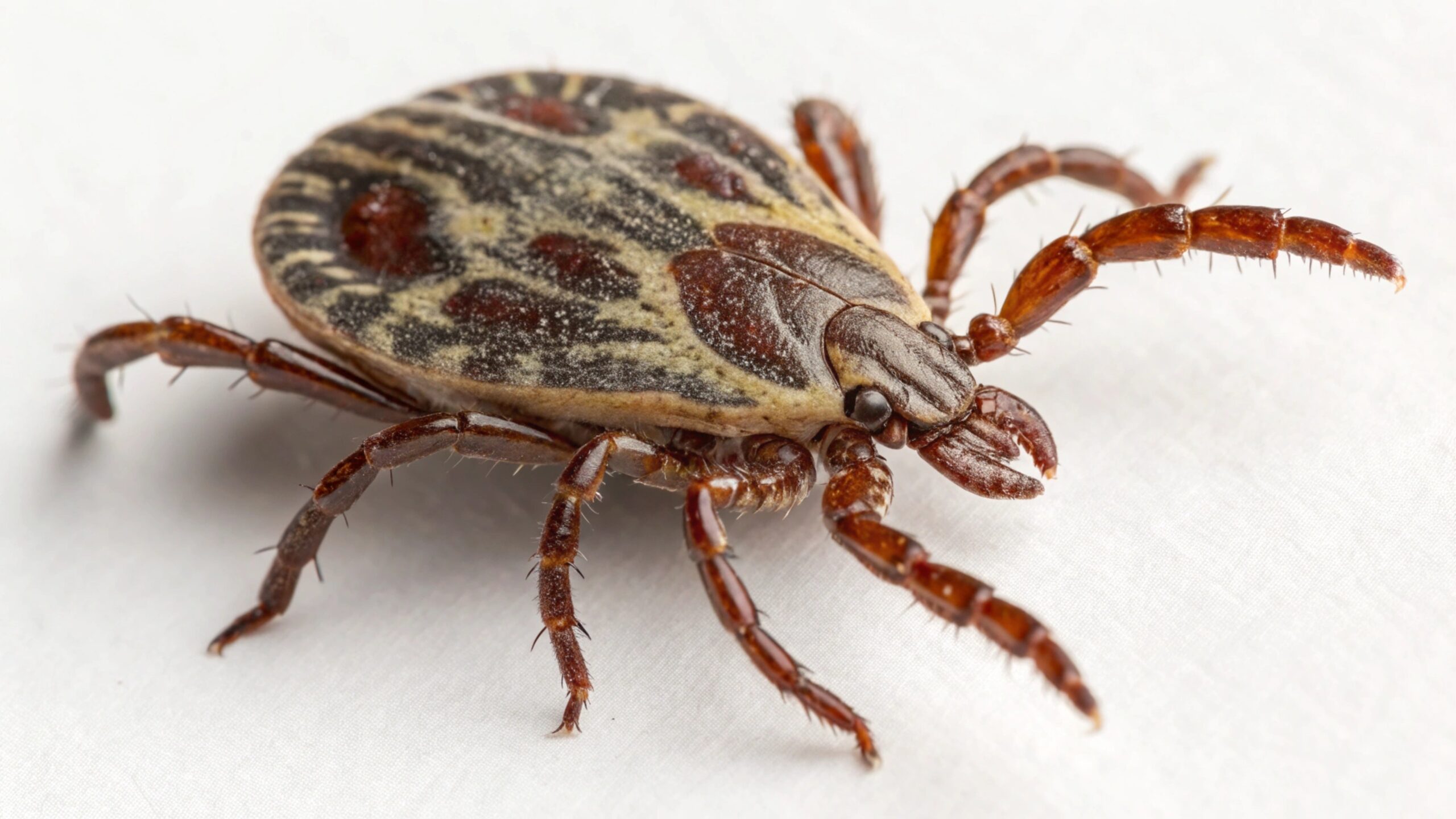
American Dog Tick
An American dog tick (Dermacentor variabilis) is one of the most common ticks in North America, known for feeding on dogs, humans, and other mammals. It is a hard tick species and can transmit diseases such as Rocky Mountain spotted fever.
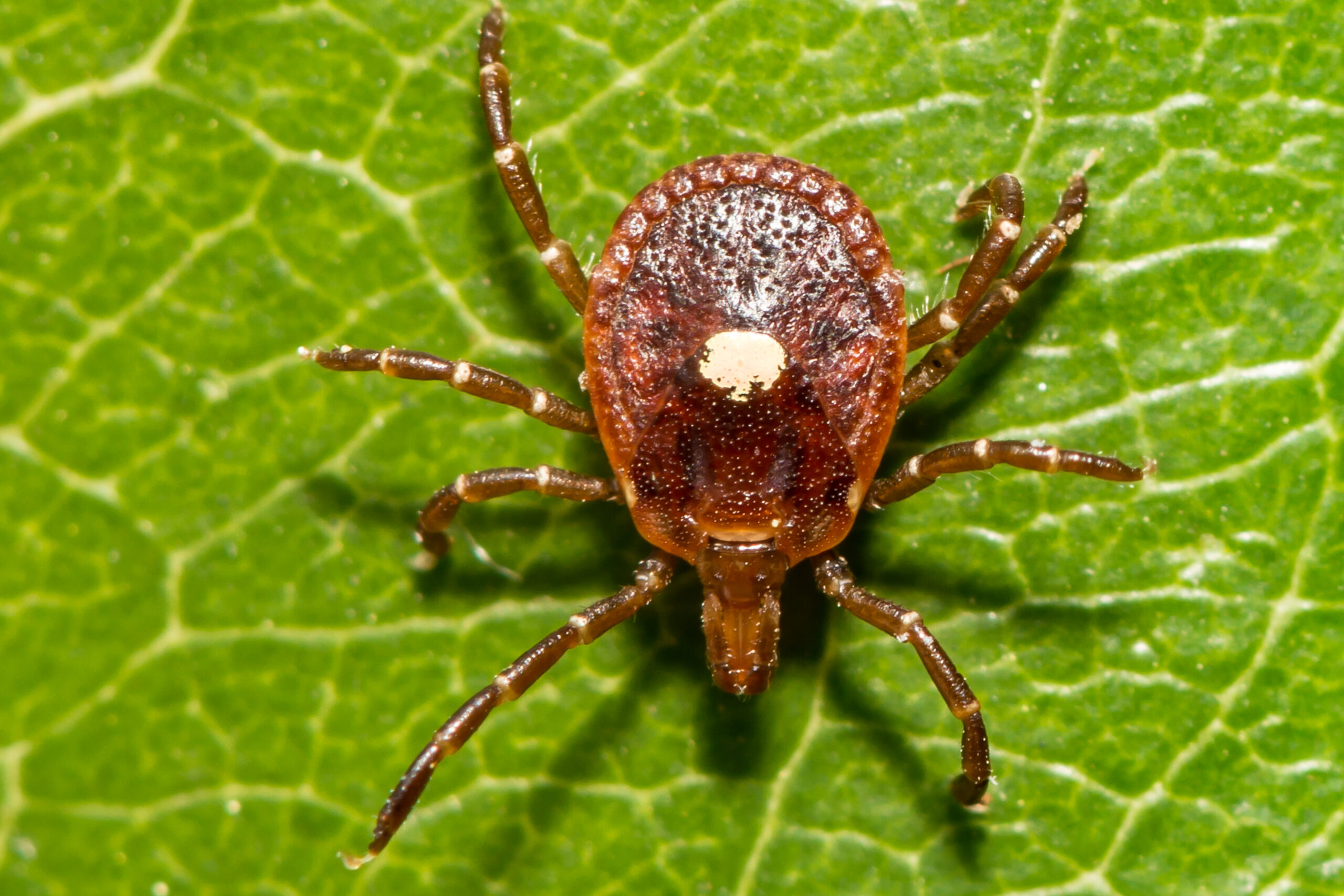
Lone Star Tick
A lone star tick (Amblyomma americanum) is a common tick species found throughout the southeastern and eastern United States. It is easily recognized by the distinctive white spot on the back of adult females.
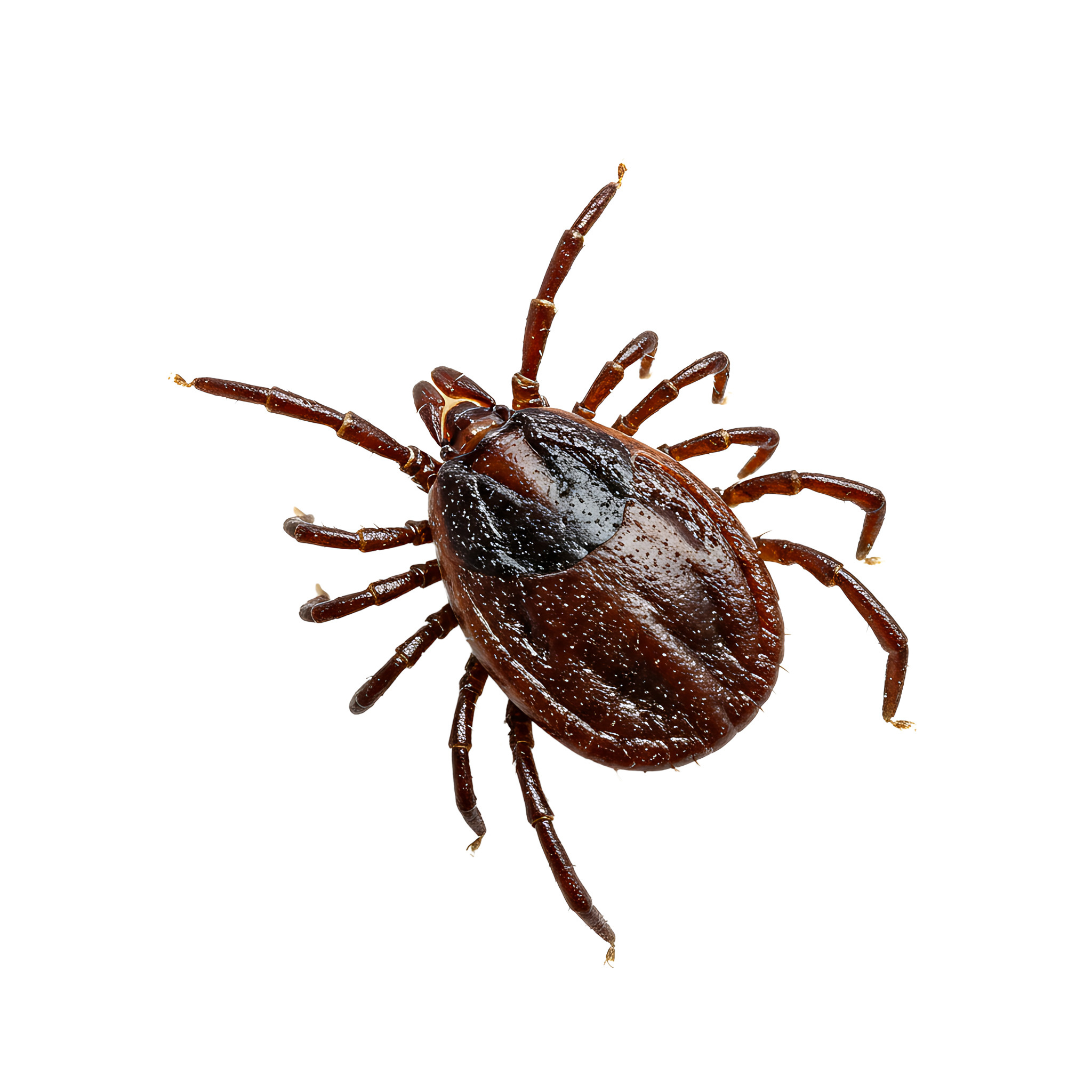
Brown Dog Tick
A brown dog tick (Rhipicephalus sanguineus) is a tick species that primarily feeds on dogs but can also bite humans. Unlike many other ticks, it is highly adapted to living indoors, making it a significant pest in kennels, homes, and shelters.
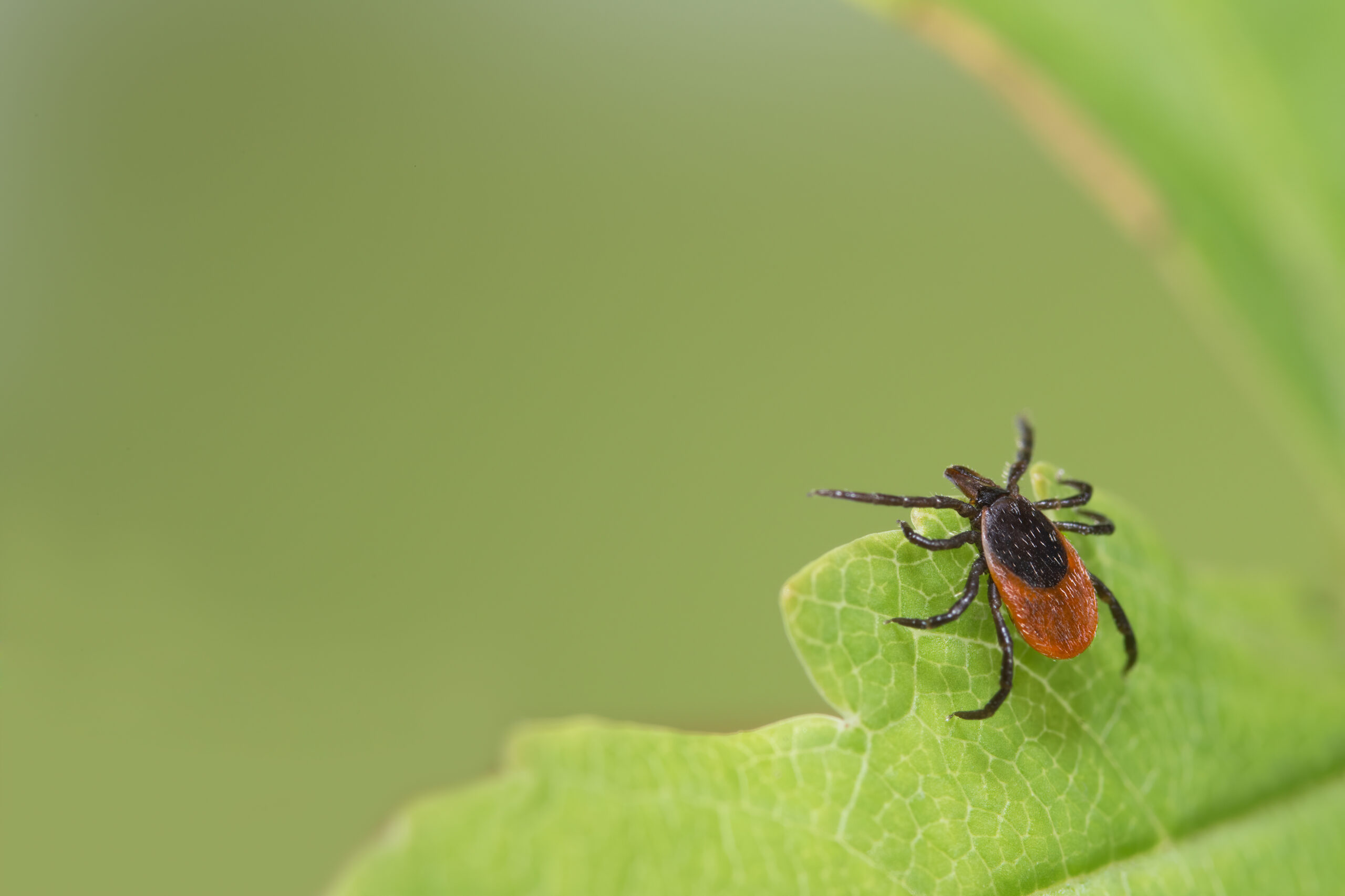
Blacklegged Ticks
A blacklegged tick (Ixodes scapularis), also known as the deer tick, is a widespread tick in the eastern and northern United States and the primary vector of Lyme disease.
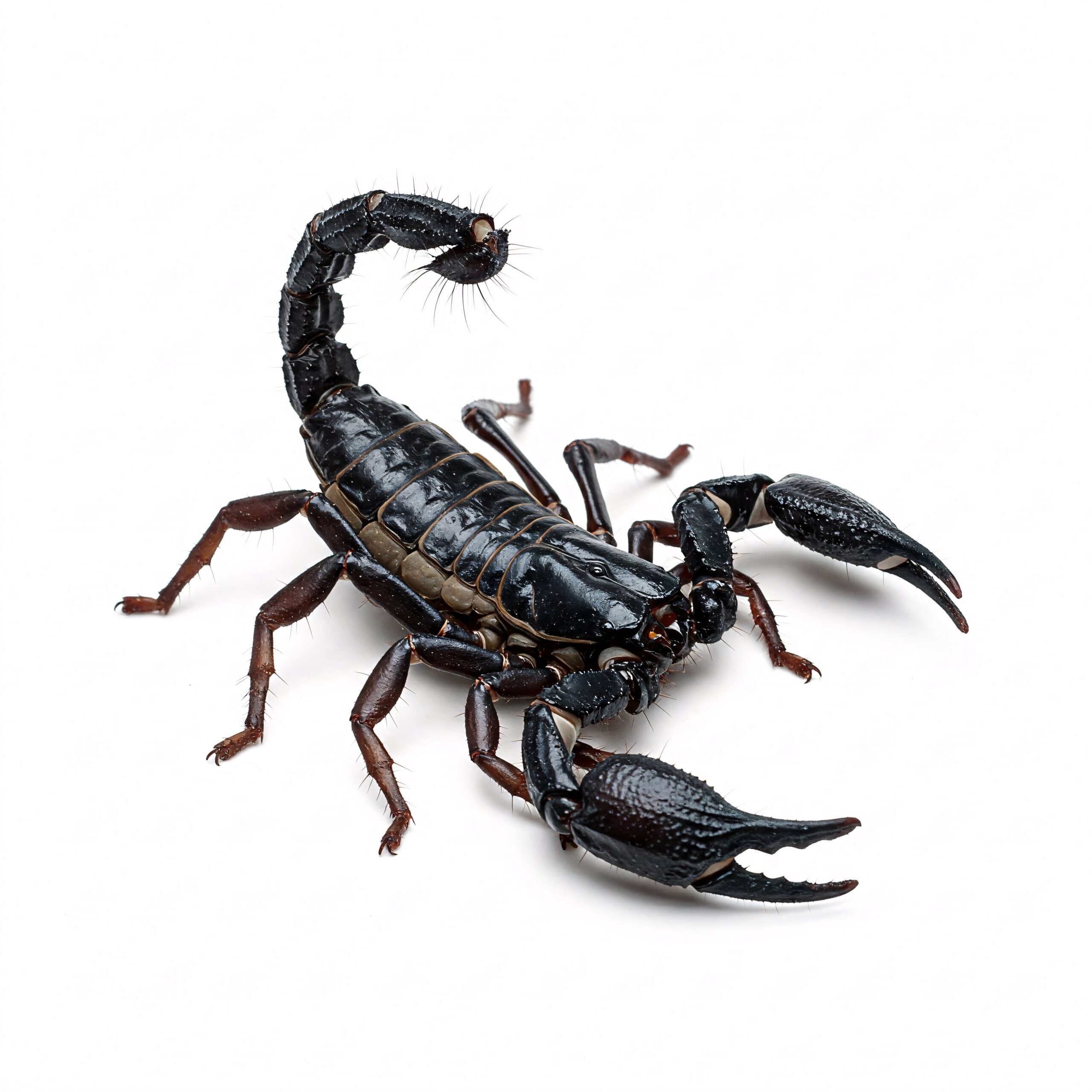
Scorpions
A scorpion is an arachnid belonging to the order Scorpiones, closely related to spiders, ticks, and mites. They are best known for their segmented tails tipped with a venomous stinger.
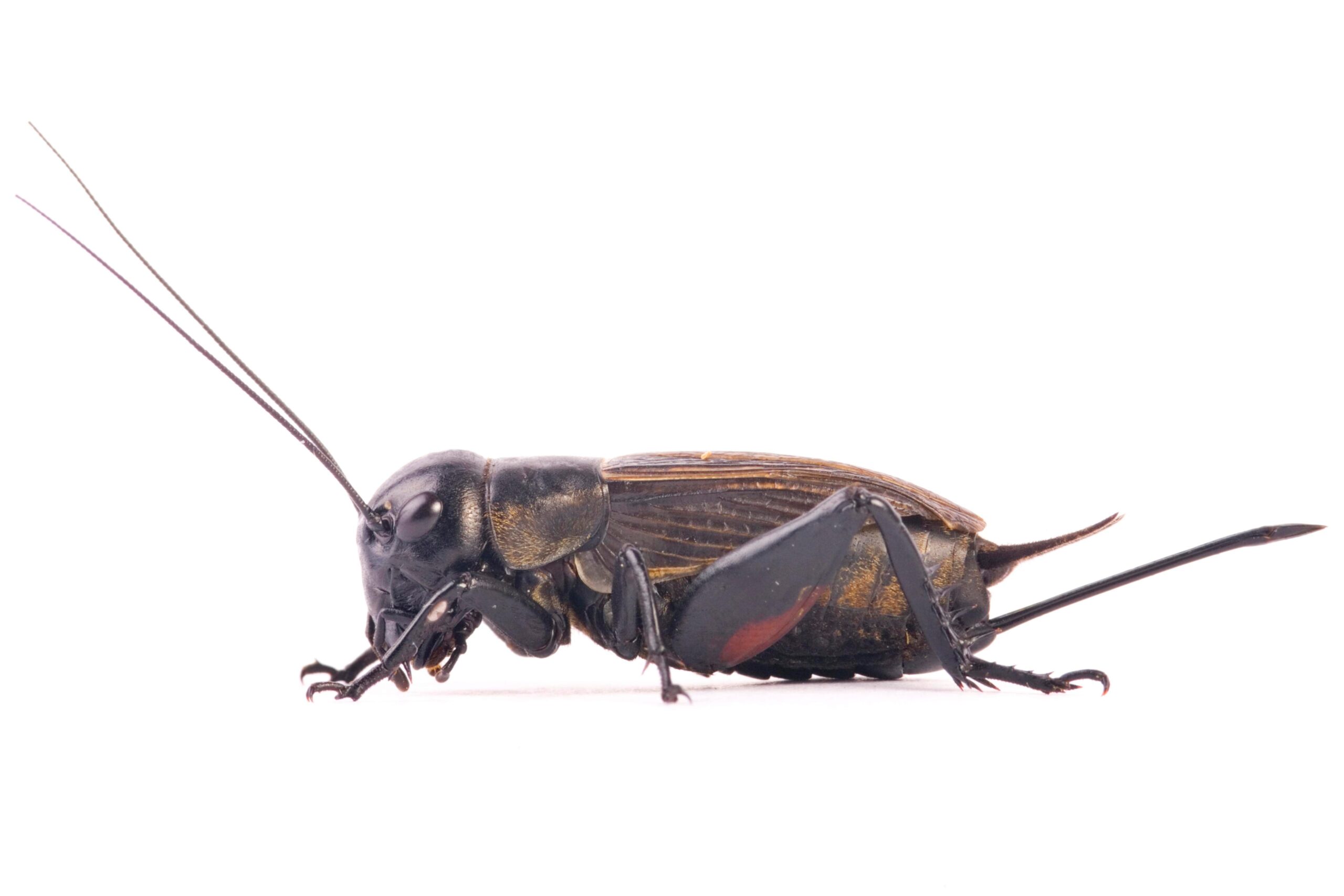
Field Cricket
A field cricket is a common insect in the family Gryllidae, best known for its distinctive chirping sounds produced by males to attract mates. They are found in fields, lawns, and sometimes inside homes, especially during warmer months.
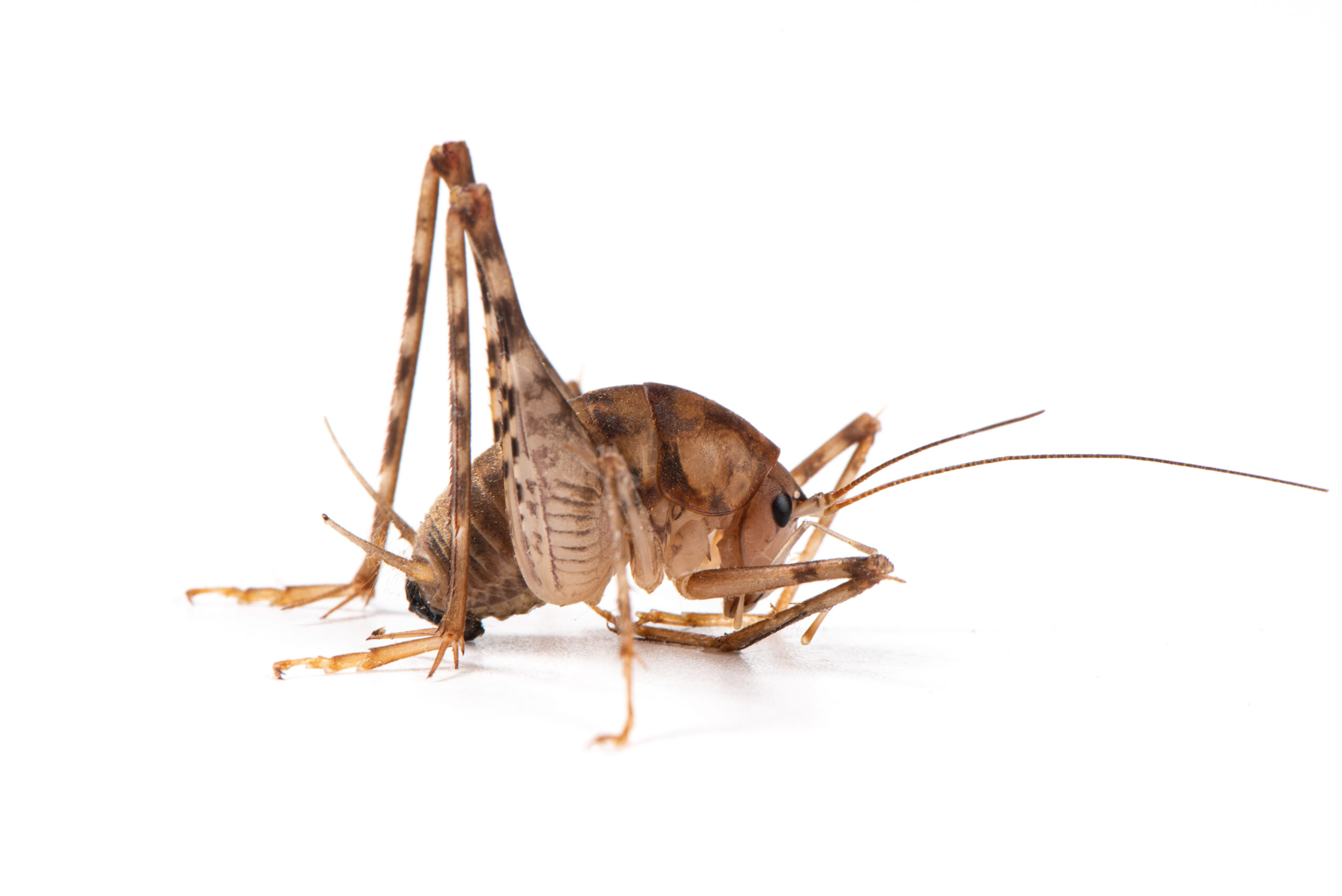
Camel Cricket
A camel cricket (also called a cave cricket or spider cricket) is a humpbacked, wingless insect known for its long legs and jumping ability. They often startle people when they suddenly leap, but they are harmless.
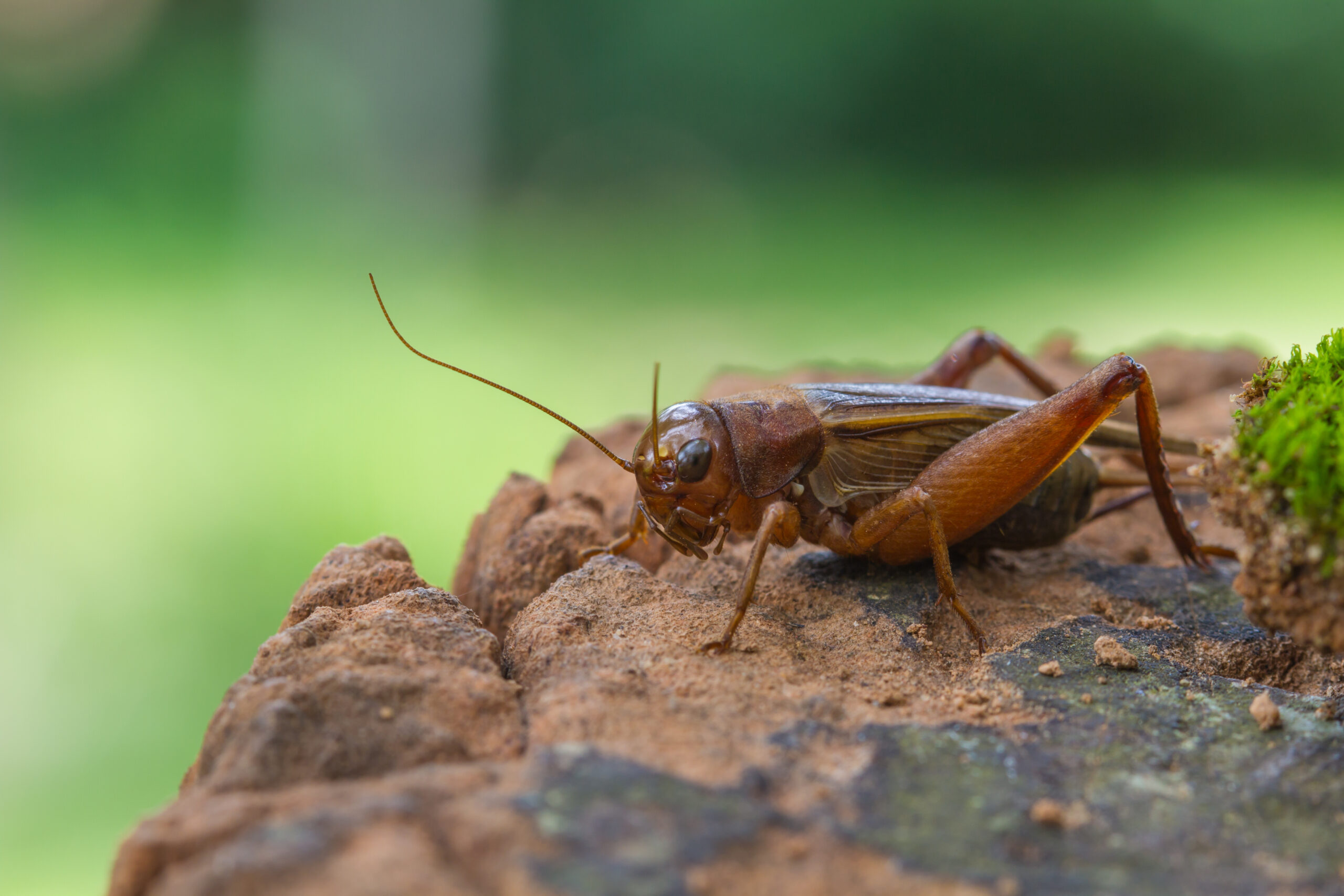
House Cricket
A house cricket (Acheta domesticus) is a small insect well known for the chirping sound males make by rubbing their wings together. Originally from Asia, they are now found worldwide and are common in warm buildings.
Contact Daniel & Lawson Pest Control Today!
Take back control of your home or business—reach out to Daniel & Lawson Pest Control for expert pest management in Jasper, GA. Call (770) 735-4707 to schedule your service today. As Jasper’s trusted pest control specialists, we’re committed to creating safe, pest-free environments with fast, reliable solutions tailored to your needs.
